The Danakil Depression in Ethiopia stands as one of the most extreme environments on Earth. Known for its scorching temperatures, volcanic activity, and surreal landscapes, this region has long fascinated scientists and adventurers alike. Among its many geological wonders, the sulfur lakes of Dallol have drawn particular attention due to their otherworldly colors and extreme acidity. Recent pH monitoring efforts in these lakes have revealed critical insights into the dynamic interplay between geology, chemistry, and microbiology in this hostile yet mesmerizing environment.
A Landscape Forged by Fire and Salt
The Danakil Depression lies at the junction of three tectonic plates, making it one of the most geologically active regions on the planet. The area is dotted with active volcanoes, salt flats, and hydrothermal fields, creating an environment that seems more akin to an alien world than Earth. The sulfur lakes, nestled within the Dallol hydrothermal field, are fed by superheated groundwater rich in dissolved minerals. As this water rises to the surface and cools, it deposits vibrant formations of sulfur, iron oxides, and salt, painting the landscape in hues of yellow, green, and red.
The pH levels in these lakes are among the lowest recorded in any natural body of water, often dipping below 1. This extreme acidity is primarily driven by the high concentrations of sulfuric acid, which forms when hydrogen sulfide gas from volcanic activity reacts with oxygen. The lakes’ pH is not static, however. Seasonal variations, rainfall, and shifts in hydrothermal activity can cause significant fluctuations, making continuous monitoring essential for understanding the system’s behavior.
The Science of Survival in Acid
Despite the harsh conditions, the sulfur lakes of Dallol are not devoid of life. Recent studies have uncovered microbial communities that thrive in these acidic waters, challenging our understanding of the limits of habitability. These extremophiles, often belonging to the Archaea domain, have adapted to survive in pH levels that would be lethal to most organisms. Their presence raises intriguing questions about the potential for life in similarly extreme environments elsewhere in the solar system, such as the subsurface oceans of Europa or the acidic clouds of Venus.
Monitoring the pH of these lakes is not just an academic exercise. The data collected helps scientists track changes in hydrothermal activity, which can serve as an early warning system for potential volcanic unrest. Additionally, understanding how these microbial communities persist in such acidity could have applications in biotechnology, from industrial waste treatment to the development of new enzymes capable of functioning in extreme conditions.
Challenges of Monitoring in a Hostile Environment
Conducting research in the Danakil Depression is not for the faint of heart. Temperatures frequently exceed 50°C (122°F), and the air is thick with toxic gases such as chlorine and sulfur dioxide. Traditional pH monitoring equipment, designed for more temperate environments, often fails under these conditions. Scientists have had to develop specialized probes capable of withstanding the corrosive waters and extreme heat while providing accurate, real-time data.
Logistical challenges further complicate monitoring efforts. The remoteness of the region means that equipment and supplies must be transported overland through rugged terrain, often requiring the support of local Afar people who are intimately familiar with the area. Despite these hurdles, the scientific payoff is immense, offering a rare glimpse into a world where the boundaries between geology and biology blur.
Implications for Earth and Beyond
The ongoing pH monitoring in the Danakil Depression’s sulfur lakes is more than just a study of an exotic locale. It provides a window into Earth’s primordial past, when acidic, hydrothermal environments may have been common and could have played a role in the origin of life. By understanding how these systems operate today, scientists can refine models of early Earth and develop new hypotheses about how life first emerged from such extreme conditions.
Moreover, the lessons learned here are directly applicable to the search for extraterrestrial life. If microorganisms can thrive in the sulfuric lakes of Dallol, it bolsters the case that life might exist in similarly hostile environments elsewhere in the universe. Future missions to Mars or the icy moons of Jupiter and Saturn could benefit from the techniques and insights gained in Ethiopia’s otherworldly depression.
As climate change alters ecosystems around the globe, the Danakil Depression serves as a natural laboratory for studying resilience. While most environments are becoming more acidic due to rising CO2 levels, the sulfur lakes of Dallol represent an endmember—a place where life has already adapted to conditions that may become more widespread in the future. By studying these extremophiles now, we may better prepare for a changing world.
The Danakil Depression, with its bubbling sulfur lakes and kaleidoscopic landscapes, continues to challenge and inspire. Each pH measurement taken in its acidic waters adds another piece to the puzzle of how life persists in the most unforgiving corners of our planet—and perhaps beyond.

By /Jun 5, 2025

By /Jun 5, 2025
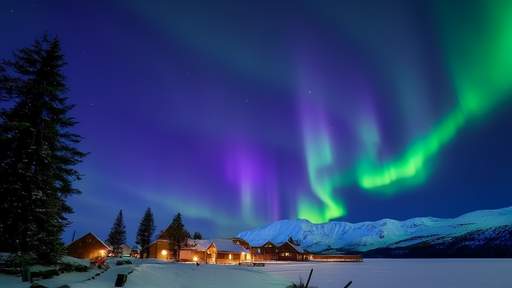
By /Jun 5, 2025
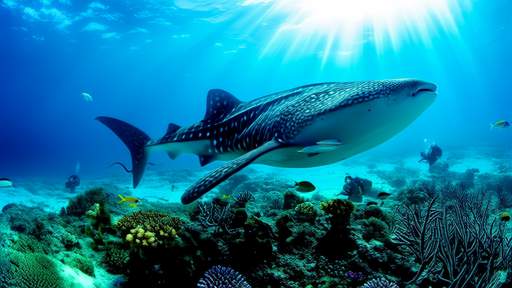
By /Jun 5, 2025
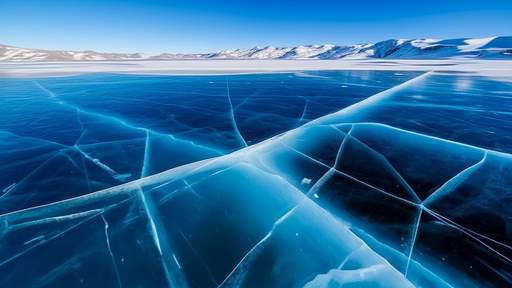
By /Jun 5, 2025

By /Jun 5, 2025
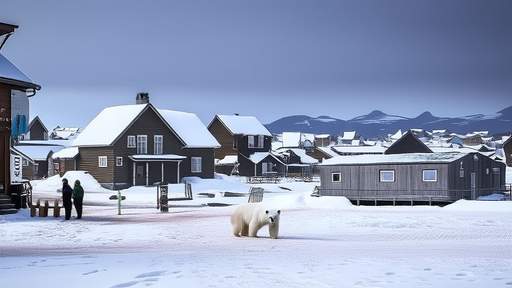
By /Jun 5, 2025

By /Jun 5, 2025

By /Jun 5, 2025

By /Jun 5, 2025

By /Jun 5, 2025

By /Jun 5, 2025
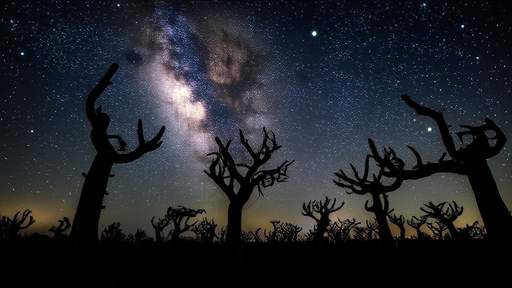
By /Jun 5, 2025
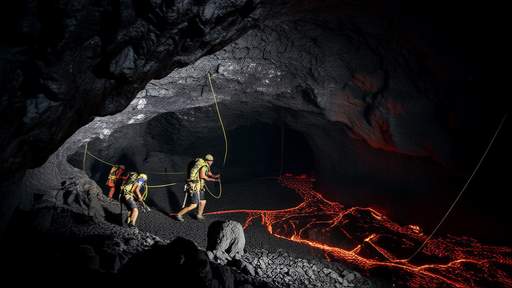
By /Jun 5, 2025

By Victoria Gonzalez/Jun 4, 2025

By Grace Cox/Jun 4, 2025

By Sophia Lewis/Jun 4, 2025

By Elizabeth Taylor/Jun 4, 2025

By Megan Clark/Jun 4, 2025

By Megan Clark/Jun 4, 2025